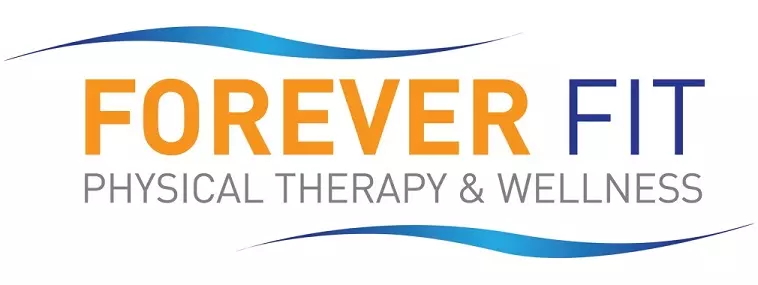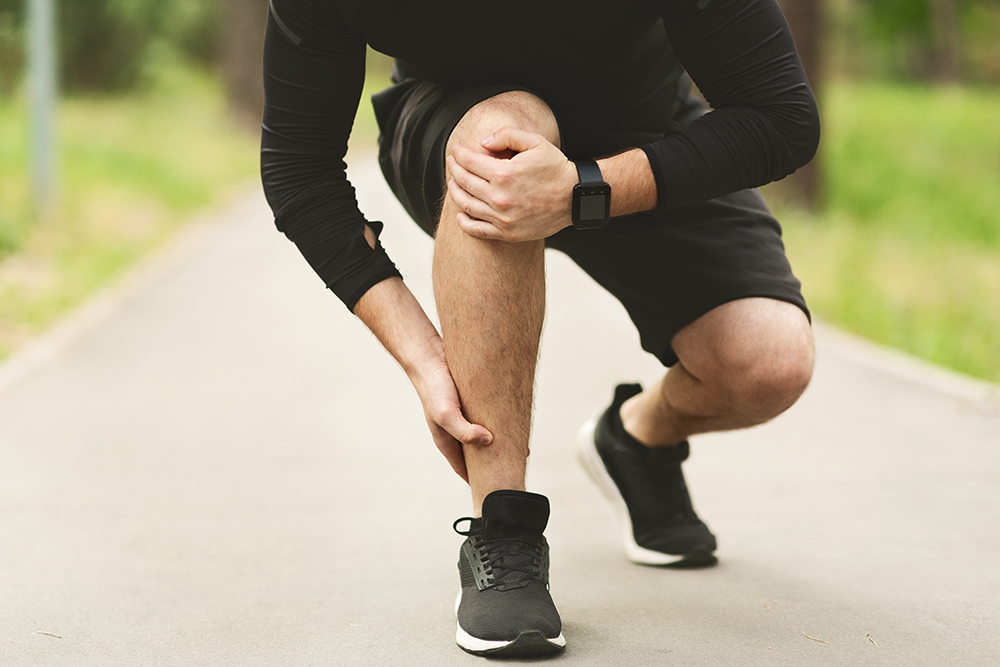Feeling pain on the back of your shin and ankle when running? Overuse of the Achilles tendon without enough time to rest and recover will usually result in irritation. Your Achilles tendon might be bothering you because of a problem with your shoes, your training approach or a mechanical issue.
Pain while running should never be ignored. If you don’t take the time to recover properly, it can worsen, leading to tears in the Achilles tendon. A physical therapist can provide treatments to help you heal and prevent reinjury.
In this article, we’ll share six potential causes of Achilles tendinitis and some ways physical therapy can help.
6 reasons why your Achilles tendon may hurt when running
Achilles tendinitis is the medical term for this condition, which is characterized by pain, burning, stiffness and inflammation. It may be especially noticeable in the morning or when you start a physical activity. Retrocalcaneal bursitis is another condition that causes pain in this area. Bursae are the fluid-filled sacs that cushion your joints. Just like tendons, they can become inflamed from overuse.
The following are six reasons why your Achilles tendon may hurt when running:
-
Overuse or sudden increase in training intensity
One intense training session, such as hill training, sprinting or a long-distance run, can overwhelm the Achilles tendon. Stick to the 10% rule, which means increasing your mileage by no more than 10% each week.
-
Improper footwear
Your running shoes need to absorb the shock of your feet striking the ground so your body doesn’t take the impact. Running shoes come in a variety of profiles to suit each runner’s foot shape, stride and activity. Some running stores have employees who can help you find the best fit. Be sure to replace your running shoes every 300 to 500 miles.
-
Tight calf muscles
If your calf muscles are too tight, they’ll pull on the Achilles tendon. Your workout routine should include static and dynamic stretches to help create length and flexibility in your leg muscles.
-
Insufficient warm-up or cool-down routines
You should warm up before each run by walking or doing dynamic stretches. After each run, cool down and do static stretches. This promotes healthy movement in soft tissue fibers and keeps them healthy.
-
Issues with proximal strength, such as core or hips
If your core or hip muscles aren’t strong enough, the muscles in your extremities might overcompensate. Try adding some core and hip strengthening exercises to your routine at least once a week.
-
Abnormal biomechanics, anatomy or running form
The shape of your foot and your stride or gait can put additional strain on your Achilles tendon. For example, if you overpronate or roll your foot inward, this might stress the tendon. Structural conditions like Haglund’s deformity or an enlarged heel bone can also make you more likely to develop Achilles tendinitis.
Physical therapy techniques to address pain in the Achilles tendon
A physical therapist can help you recover from Achilles tendinitis and recommend ways to keep it from coming back. They’ll create a multiphase plan that may include passive treatments, exercises and maintenance techniques to use before and after you run. Your PT may also recommend cross-training exercises to help create balance.
The following are some PT techniques that can help with Achilles tendinitis:
-
Therapeutic stretching
Your PT may guide you through stretches during sessions or create a custom stretching program for you to do between sessions.
-
Therapeutic exercise
Therapeutic exercise can help strengthen the Achilles tendon and structures throughout the entire body that support it. Your PT may recommend hip and core exercises as well as eccentric strengthening exercises like heel drops to lengthen the calf muscles. Or they may teach you exercises to do before and after you run.
-
Manual therapy
Manual therapy or soft tissue mobilization can help improve circulation to the area and speed up the healing process.
-
Ergonomic assessment
Your PT may analyze your foot shape and running gait or stride to tell you what to look for in running shoes. They can also recommend other equipment that may help, such as foam rollers or massage balls.
Achilles tendinitis can derail your training program fast. When left untreated, it can lead to injuries that take weeks or months to recover from. Seeing a physical therapist before you get to that point can save you pain and help you stay on track with your performance goals.
Find relief for Achilles tendon pain at Forever Fit
At Forever Fit, we create personalized PT programs to help you stay in control of your wellness and keep doing the things you love, like running, for as long as possible. We offer sports performance therapy to athletes at all levels. We accept both insurance and cash payments to make PT accessible and affordable.
Are you ready to find relief from your Achilles tendinitis? We can help. Contact our team today for more information or to schedule an initial appointment.

